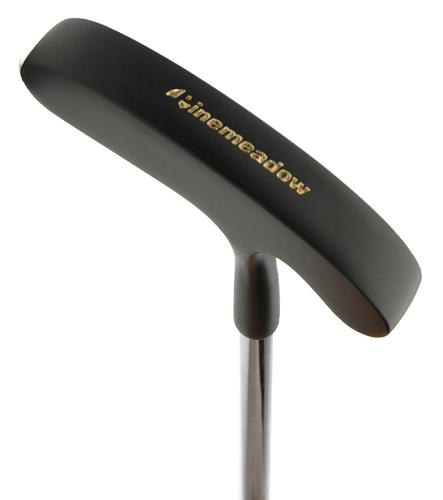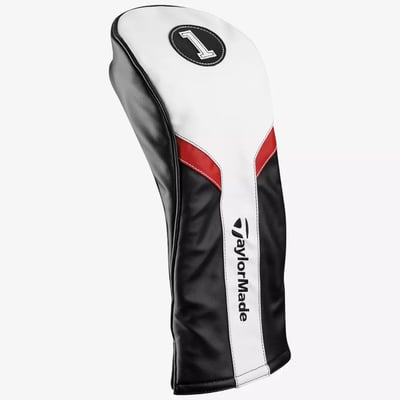Don't miss our holiday offer - up to 50% OFF!
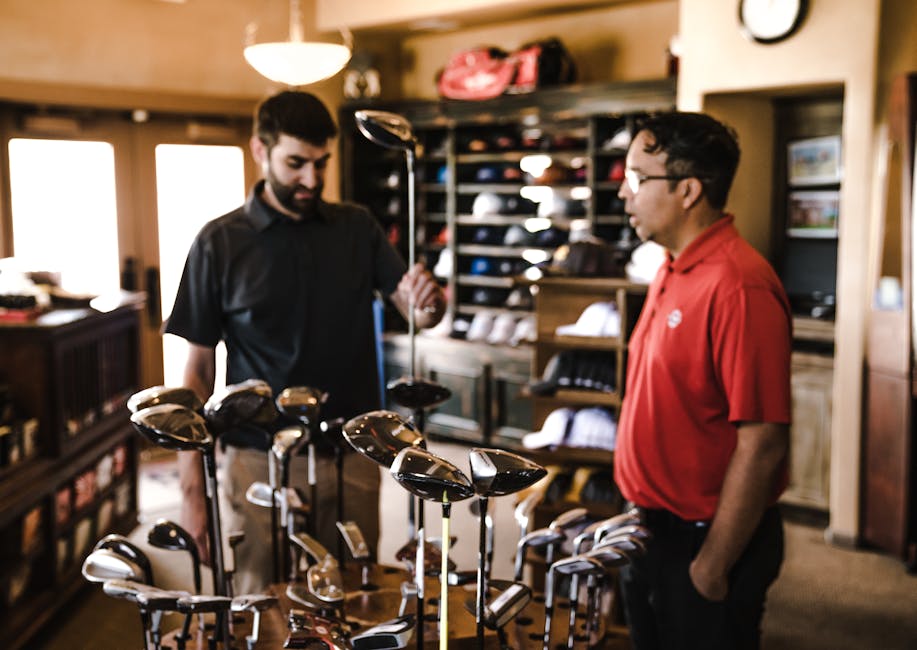
Choosing the Right Golf Clubs for Your Game: A Comprehensive Guide
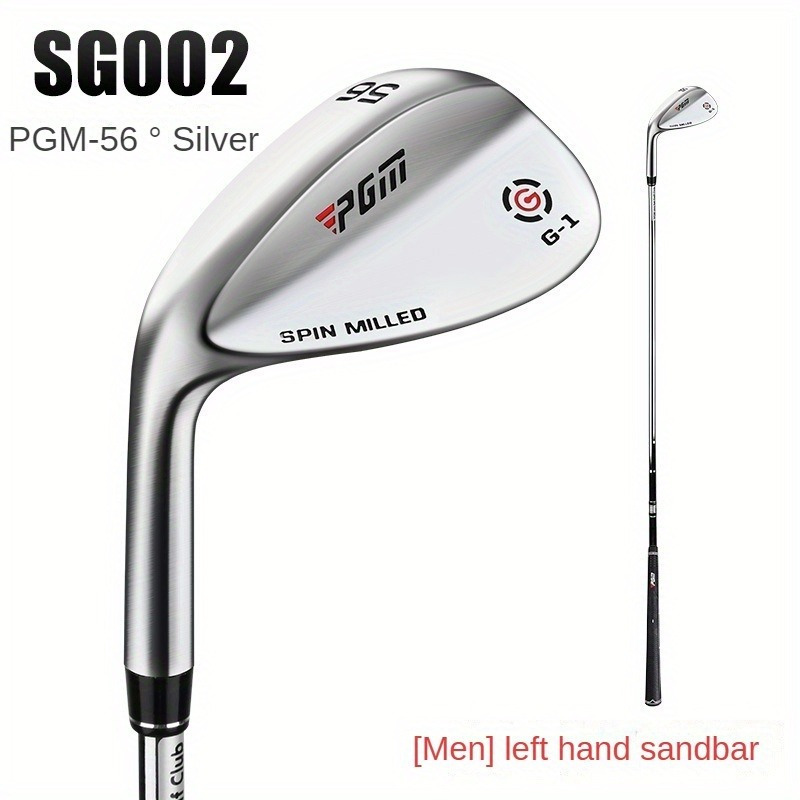
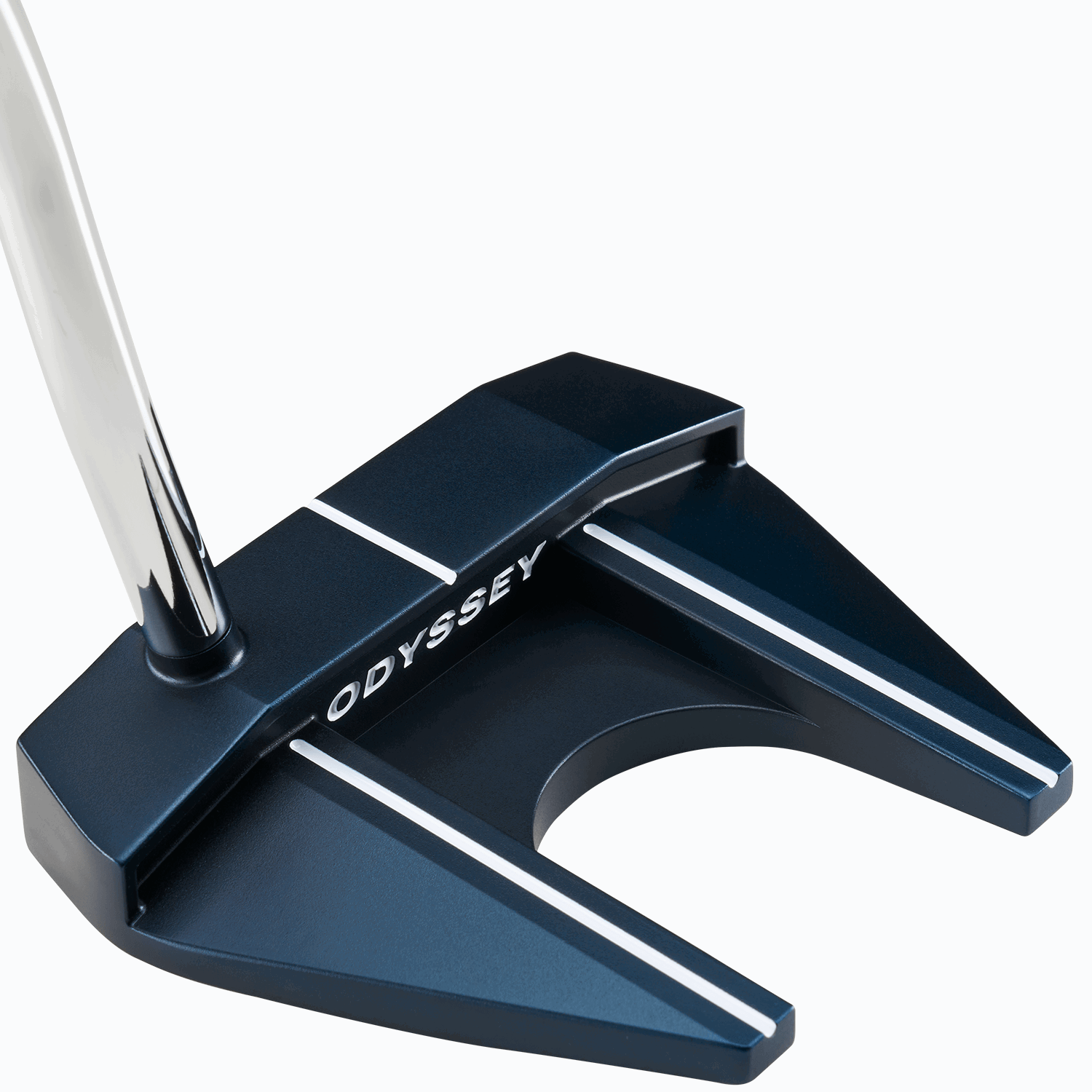
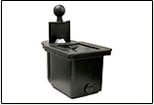
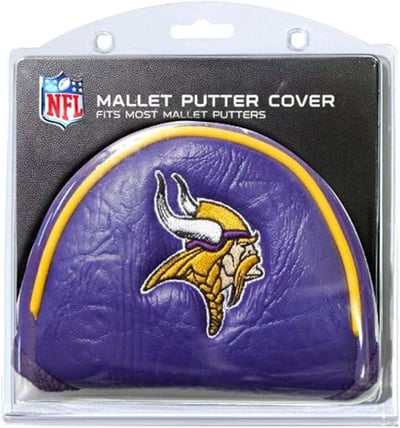
Introduction
Welcome to the world of golf! Whether you’re a beginner just starting out or an experienced player looking to improve your game, choosing the right golf clubs is essential. Selecting the appropriate clubs can seem daunting, but it’s a critical step that can significantly influence your performance. The right set of clubs will complement your natural swing and enhance your game, helping you to achieve more accuracy and control on the course. In this guide, we’ll walk you through the different types of golf clubs, their purposes, and how a golf club fitting can refine your equipment choices to match your specific playing style and abilities. Get ready to unlock the secrets of selecting the perfect clubs that will make you a more confident and competitive golfer!
Golf Club Types
Drivers
Drivers are the stars of the show in any golfer’s bag, designed primarily for long-distance tee shots. Typically, these clubs have the largest heads and the longest shafts, which together help to maximize speed and distance. The material of the clubhead plays a crucial role; titanium and composite heads offer lightness and durability, allowing for larger head sizes without excessive weight. When selecting a driver, consider the loft and shaft flex, as these factors significantly affect your ability to launch the ball effectively and hit it straight. For beginners, a higher loft and more flexible shaft might be beneficial, while experienced players often opt for a stiffer shaft and lower loft for better control and distance.
Irons
Irons range from numbers 1 to 9, with lower-numbered irons designed for longer shots. These clubs are your go-to for a variety of shots on the course, especially for hitting the ball towards the green. The two main types of irons are cavity back and blade. Cavity back irons offer more forgiveness on mis-hits and are generally preferred by beginners and intermediates. Meanwhile, blades provide greater control and are favored by more experienced golfers who can consistently strike the ball well. When choosing irons, consider factors like the sole width, loft, and the material of the clubhead, as these will influence the flight of the ball and ease of play.
Wedges
Wedges are specialized irons with greater loft, used primarily for short-distance shots, such as those near the green or to get out of sand bunkers. Common types include the pitching wedge, sand wedge, lob wedge, and gap wedge, each designed for specific situations and shots. The key to selecting the right wedges is understanding the loft and bounce options that suit your typical course conditions and your style of play. For instance, a sand wedge with higher bounce is ideal for soft conditions or deep bunkers, while a lob wedge with lower bounce might be preferable on firmer surfaces.
Putters
The putter is arguably the most critical club in your bag, used for rolling the ball into the hole from short distances on the green. Putters come in various shapes and sizes, including blade, mallet, and more specialized forms like the belly putter. The choice of putter largely depends on your comfort and putting style, whether it’s face-balanced for a straight putting stroke or toe-balanced to complement an arc stroke. The length and grip of the putter also play a vital role in ensuring alignment and stroke consistency.
Importance of Golf Club Fitting
Understanding the fitting process
Golf club fitting is a tailored process that enhances your game by aligning the specifications of the clubs with your unique swing characteristics and physical attributes. The fitting process typically begins with an assessment of your current equipment and a discussion of your game’s strengths and weaknesses. Measurements such as your height, hand size, and swing speed are taken. Additionally, high-tech equipment like launch monitors and swing analyzers may be used to gather detailed data on your swing dynamics, such as club head speed, ball spin, and trajectory. This information helps in determining the optimal club length, shaft flex, lie angle, and grip size for your set of clubs.
Benefits of customized club fitting
Investing in a custom fitting can bring numerous benefits to your game, including:
– Improved accuracy and consistency: Tailored clubs compensate for swing imperfections, allowing for better shot accuracy and consistent play.
– Enhanced comfort and ease of play: Clubs that match your physical specifications reduce strain and increase comfort, helping you to perform better for longer periods.
– Increased confidence: Playing with clubs that feel right naturally boosts confidence, which is critical in a game as mentally challenging as golf.
– Better overall performance: Custom fitted clubs can help to lower your scores by enhancing your effectiveness on the course in varying play conditions.
By understanding and investing in the right golf clubs and fittings, you set yourself up for more enjoyable and successful rounds of golf.
Factors to Consider When Choosing Whichever Golf Clubs
Skill Level and Playing Style
Choosing the perfect golf clubs heavily depends on your skill level and playing style. For beginners, it’s advisable to opt for clubs that offer greater forgiveness on mishits, typically those with larger clubfaces and a higher loft. These features reduce the side spins that often lead to slicing and hooking the ball. Intermediate players may look to combine playability with performance, focusing on clubs that offer a good balance between forgiveness and precision. Advanced players should consider clubs that allow greater control over the ball to fine-tune their game, such as those with a lower trajectory and lesser spin.
Budget Considerations
Your budget plays a crucial role in the type of golf clubs you can afford. It’s important to set a realistic budget before starting your search. Golf clubs can range from budget-friendly options suitable for casual or beginner players to premium models designed for serious golfers. Investing more in high-quality clubs can be beneficial in the long run but consider how often you plan to play. For those just starting or playing occasionally, moderately priced clubs might be more than sufficient.
Club Material and Technology
Golf club technology advances very quickly, with new materials and innovations constantly emerging. The choice of material — from steel and titanium to carbon fiber — affects the weight and flexibility of the club. For most golfers, lightweight graphite shafts are excellent as they provide higher swing speeds and distances. Still, some may prefer the stiffer, more robust feel of steel shafts. Additionally, club heads are evolving with added technology to improve ball speed and flight path. Selecting the right club tools involves understanding how materials and technology align with your physical capacities and golf goals.
Popular Golf Club Brands
Titleist
Titleist is often celebrated for its strong emphasis on quality and consistency, making it a favorite among professional golfers. They offer a range of clubs, including the highly acclaimed Pro V1 balls, which are known for their precision and performance. Titleist’s drivers and irons are designed to enhance playability and accuracy, making this brand a solid choice for both amateurs and pros who are serious about their game.
Callaway
Callaway is a worldwide leader with a reputation for high-tech innovation in golf equipment like the Big Bertha and Mavrik lines. Known for designing clubs that deliver high performance and forgiveness, Callaway products are suitable for golfers at all levels. They invest heavily in technology that maximizes ball speed across the face for consistently long drives, making them a go-to brand for players looking to improve their game with cutting-edge equipment.
TaylorMade
TaylorMade is renowned for revolutionizing the golf equipment market with its metal woods, a staple in every golfer’s bag. Their innovation is not just limited to drivers but also extends to irons, fairway woods, and hybrid clubs. TaylorMade clubs are preferred by many tour professionals due to their ability to combine distance with accuracy. With offerings that cater to all skill levels, TaylorMade continues to be at the forefront of golfing technology, pushing the limits of performance through innovation.
Whether you are a novice or a seasoned player, knowing these factors and exploring these trusted brands can significantly enhance your understanding and help you find the right golf clubs for your game.
Tips for Maintaining Your Golf Clubs
 Image courtesy: Unsplash
Image courtesy: Unsplash
Cleaning and Storage Practices
Maintaining your golf clubs is as crucial as selecting the right ones. Proper cleaning and storage not only preserve the clubs’ condition but can enhance your overall game. Start by regularly cleaning your clubs after each use. Use a soft brush or a wet cloth to remove dirt and debris from the heads, and don’t forget to wipe down the shafts to keep them free of grime that can affect your grip. For a thorough clean every few months, use warm, soapy water and a soft-bristled brush. After cleaning, make sure to thoroughly dry each club to prevent rusting.
When it comes to storage, avoid leaving your clubs in the trunk of your car, where temperatures can fluctate significantly. These extremes can damage the glue holding the grips and can warp the shafts. Instead, store them in a cool, dry place, preferably in an upright position. If you’re storing them for an extended period, a golf club cover or headcover for the woods is recommended to protect them from dust and moisture.
Regular Equipment Checks
Regularly checking your golf clubs not only keeps them in good condition but also ensures they perform to their best capability. Check for signs of wear and tear, especially around the grips. Worn-out grips can impact your swing and control, so consider replacing them annually or biannually depending on how often you play. Another key aspect to inspect is the tightness of the club heads. Loose heads can alter your shots significantly. If at any time the heads feel wobbly, have them tightened professionally.
Additionally, monitor the shafts for any dents or bends. Both steel and graphite shafts can suffer from these issues, which can affect the trajectory and distance of your shots. If damage is severe or you notice consistent changes in your game, it might be time to consider a professional assessment or replacement. By engaging in these proactive maintenance steps, you empower yourself to deliver consistent, successful swings, game after game.
Conclusion
Selecting the right golf clubs is pivotal in improving your game and maximizing your performance on the course. By understanding the different types of clubs, considering essential factors like material and clubhead design, and undergoing a professional fitting, you can find the ideal set that complements your swing style and skill level. Remember, the perfect golf clubs are those that feel right for you and help you enjoy and excel in the game. So, take your time, do your research, and make informed choices that will benefit your golfing experience for years to come.

